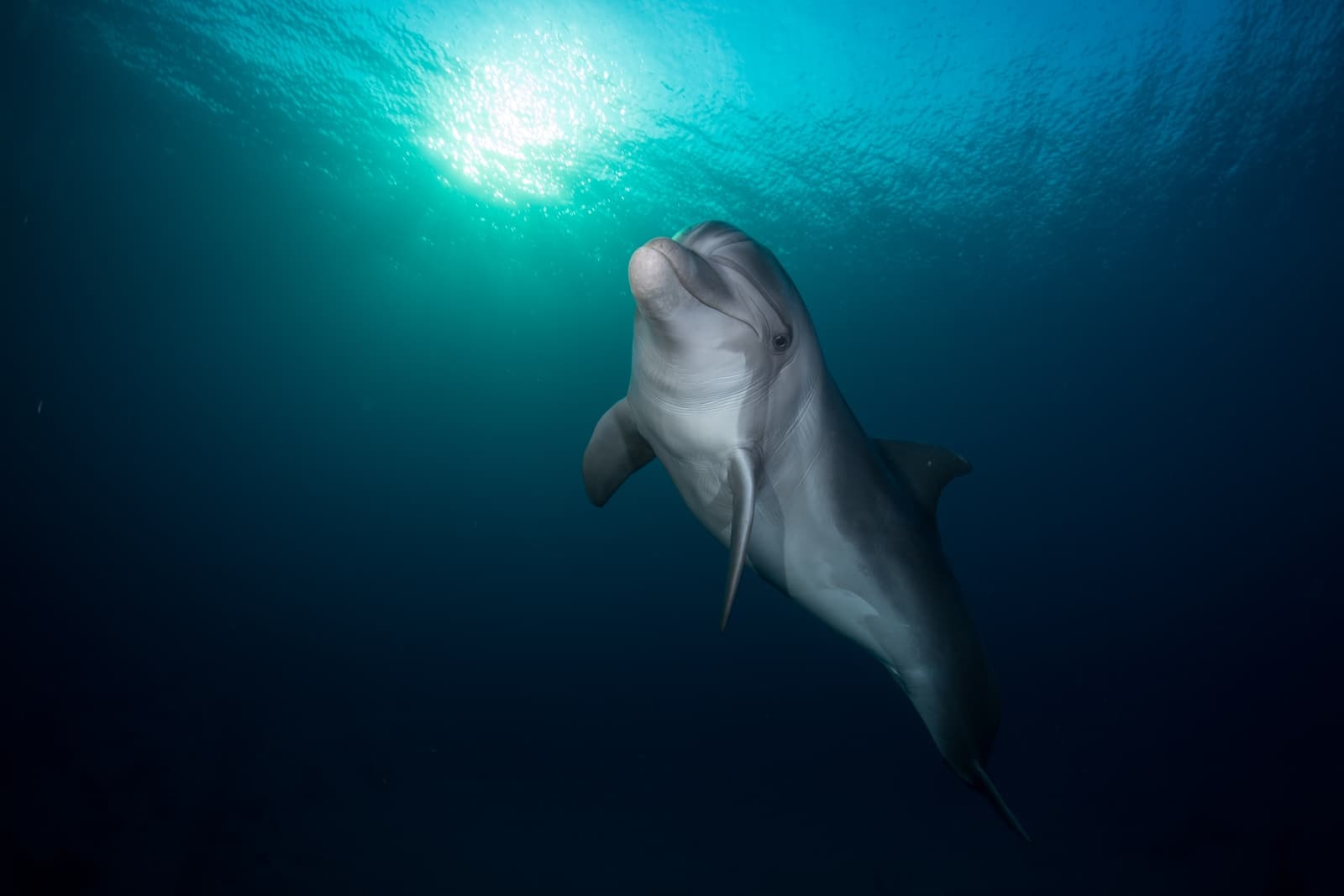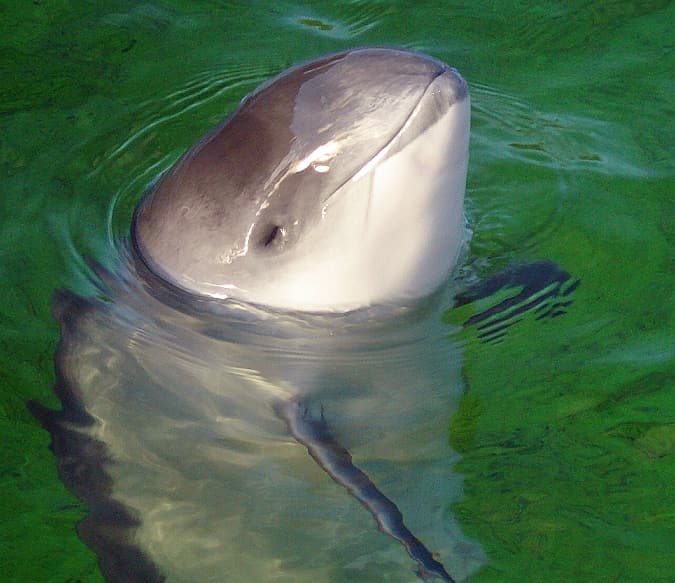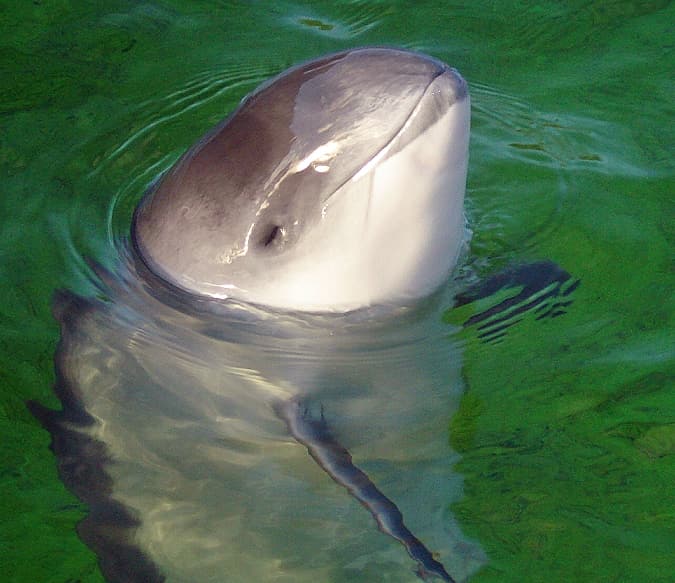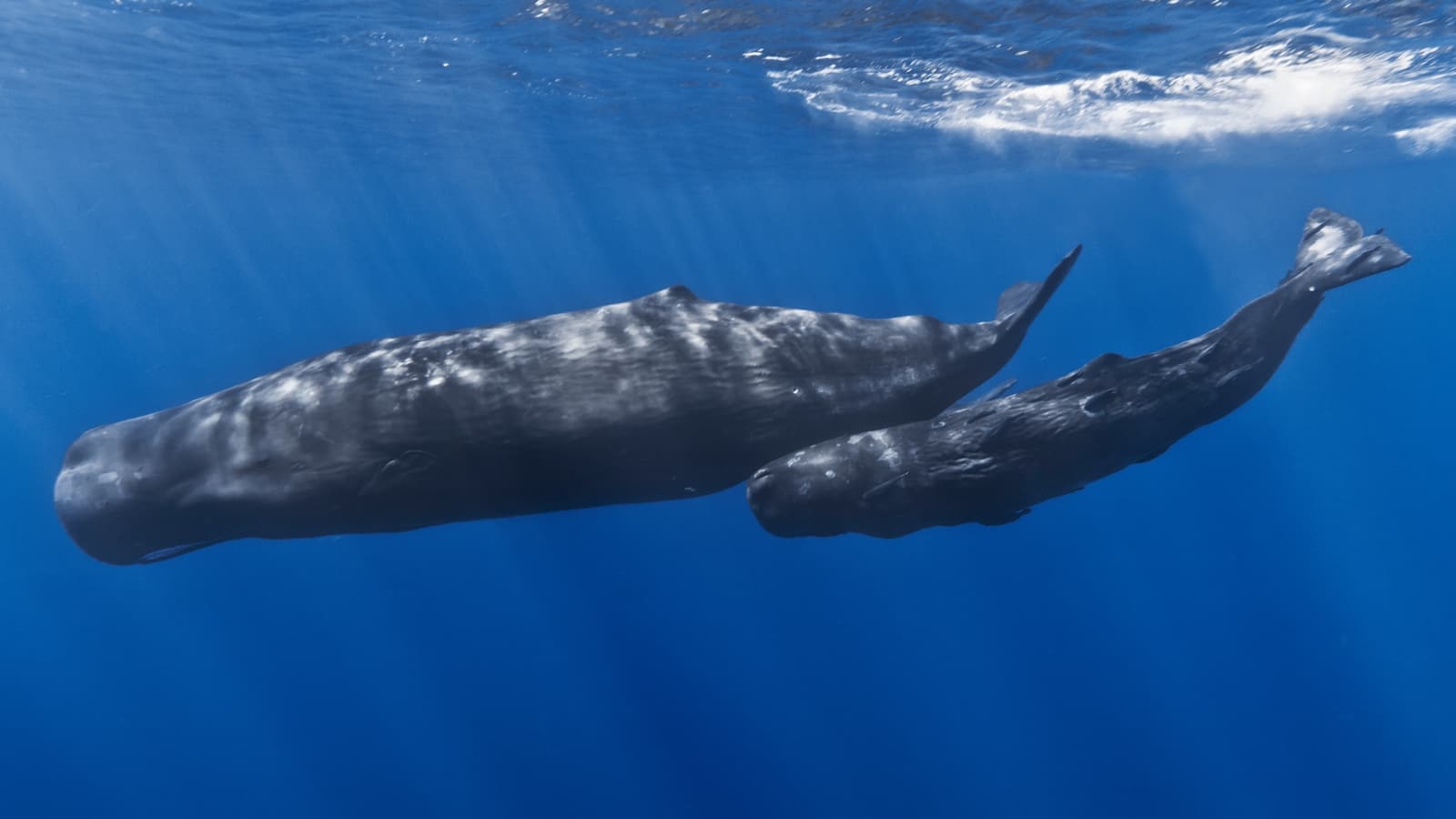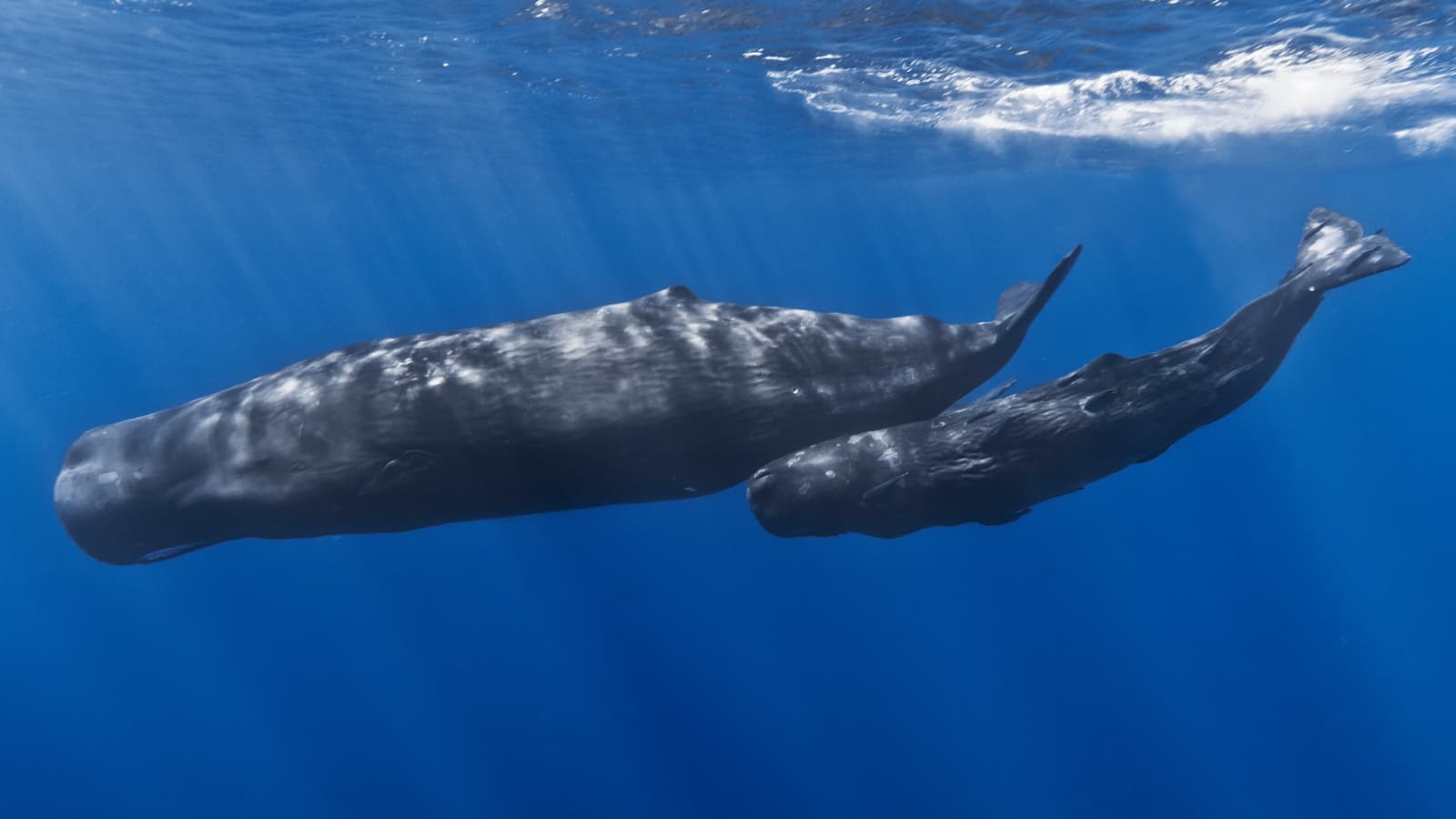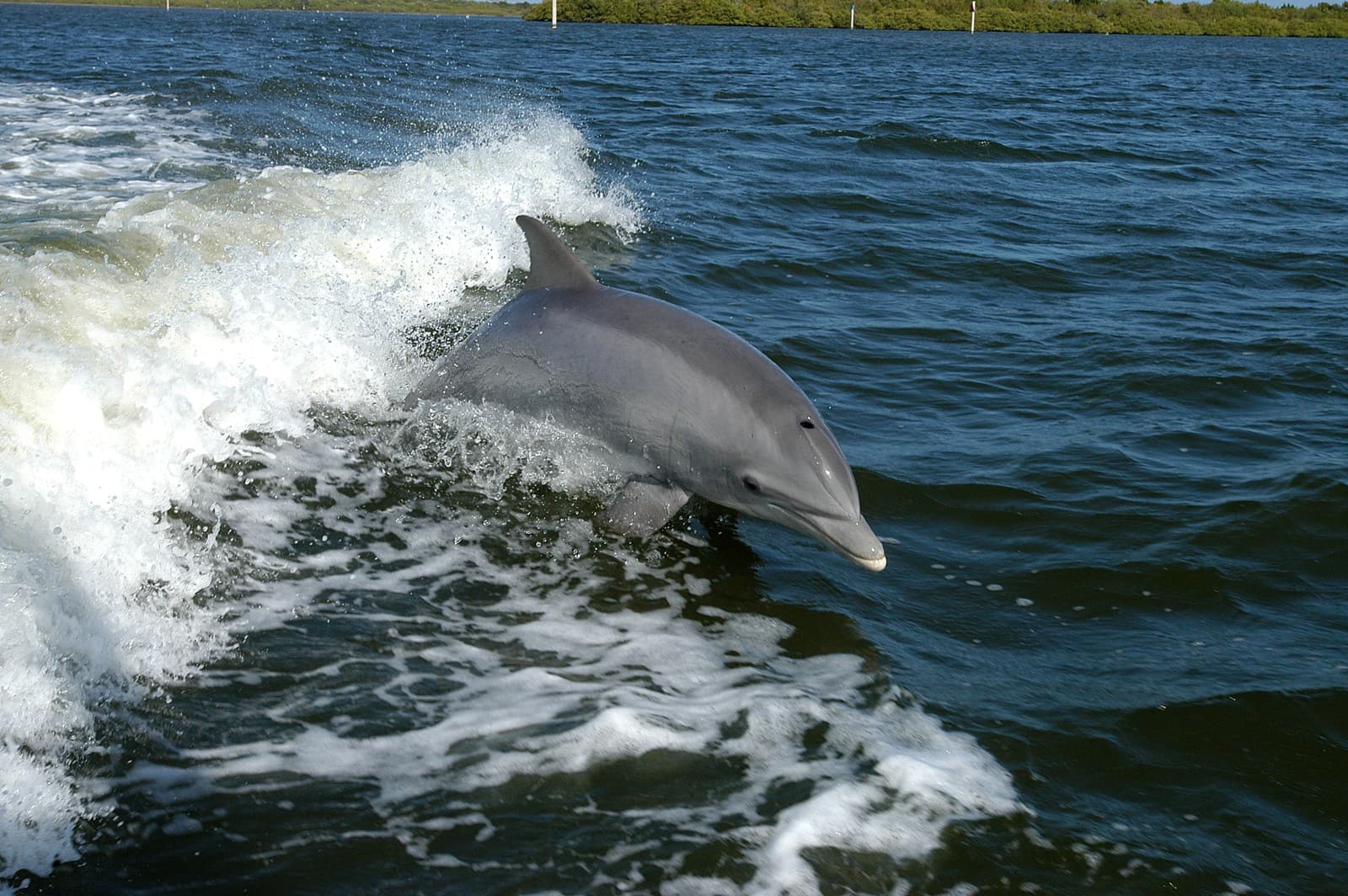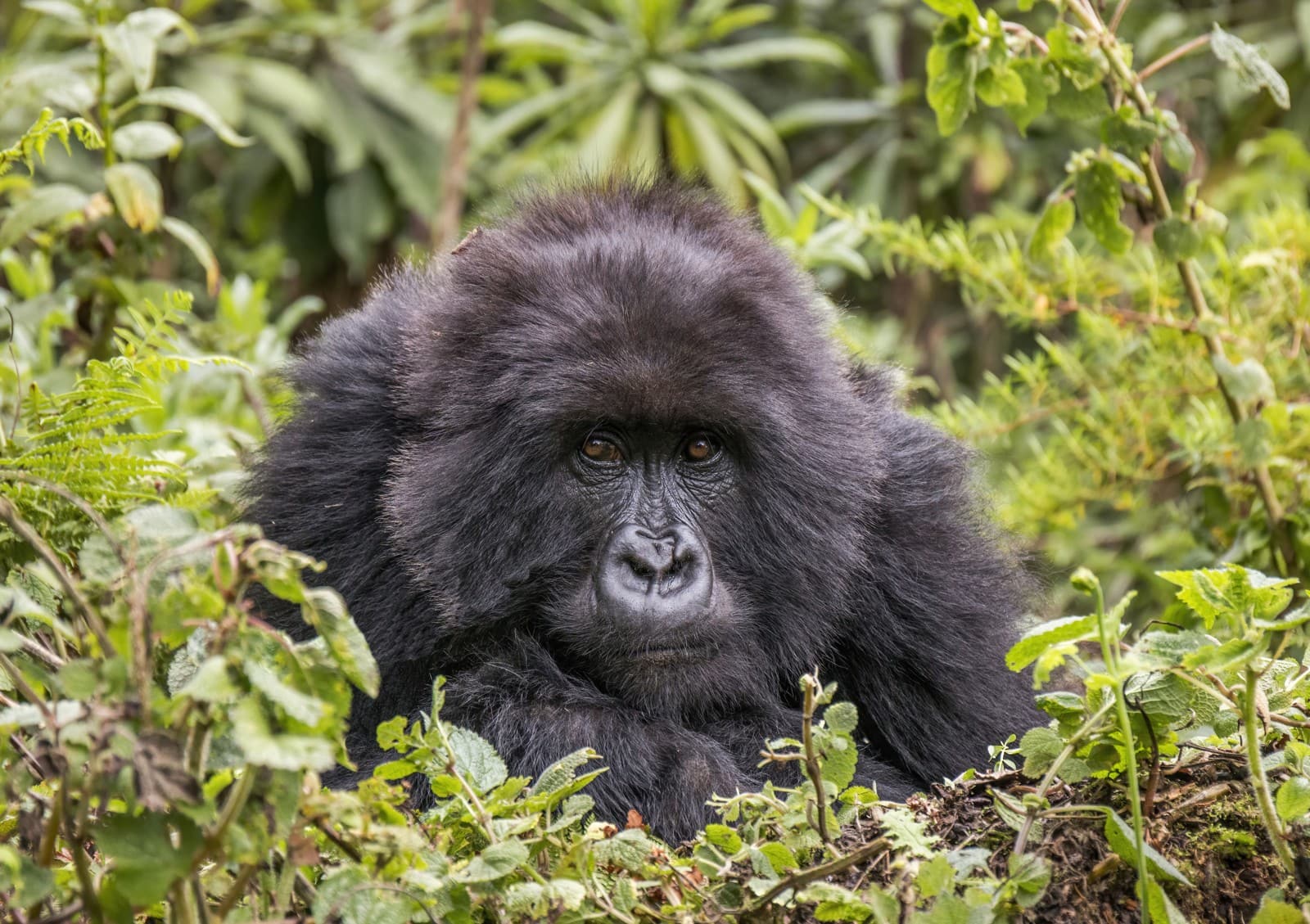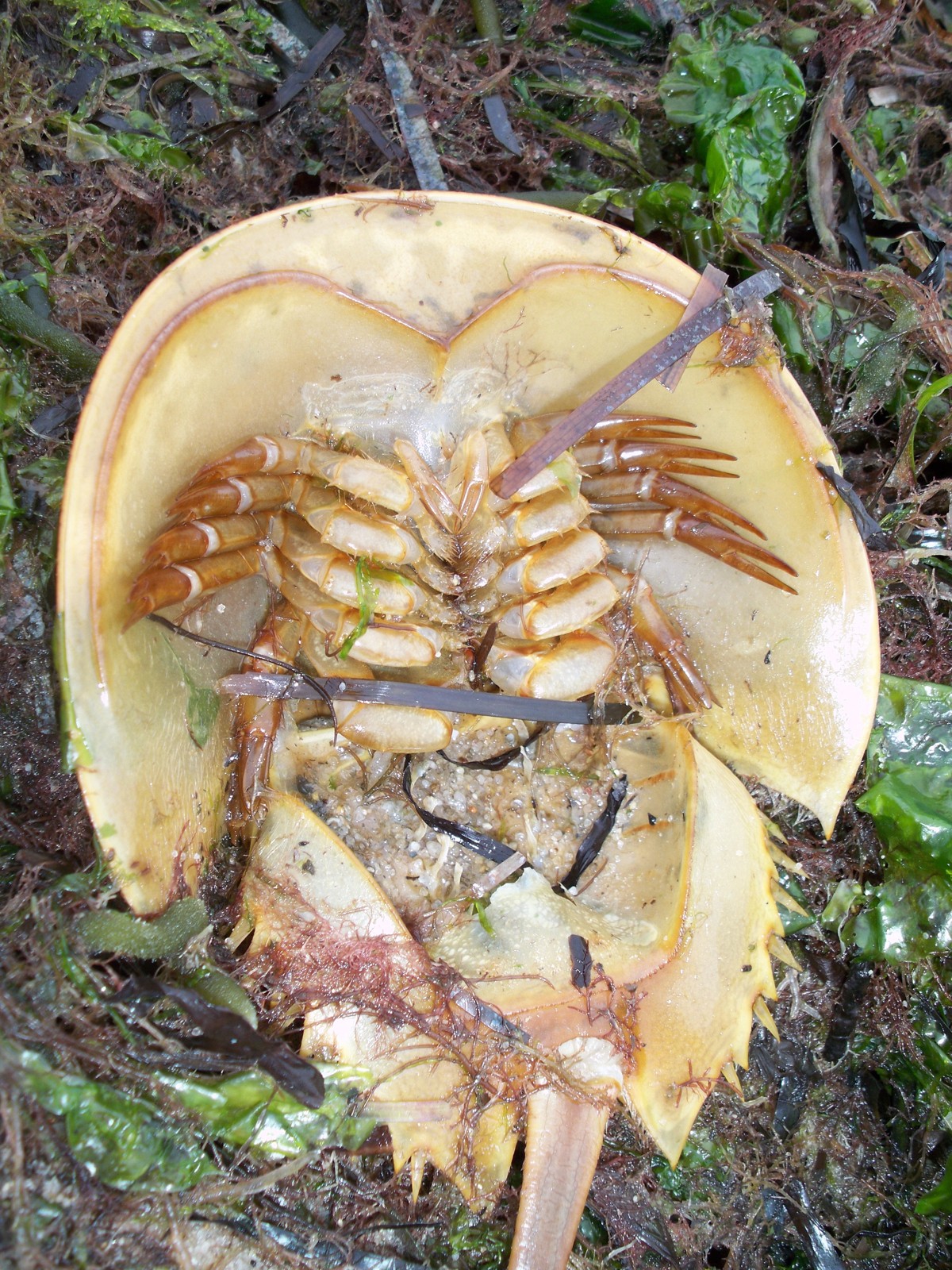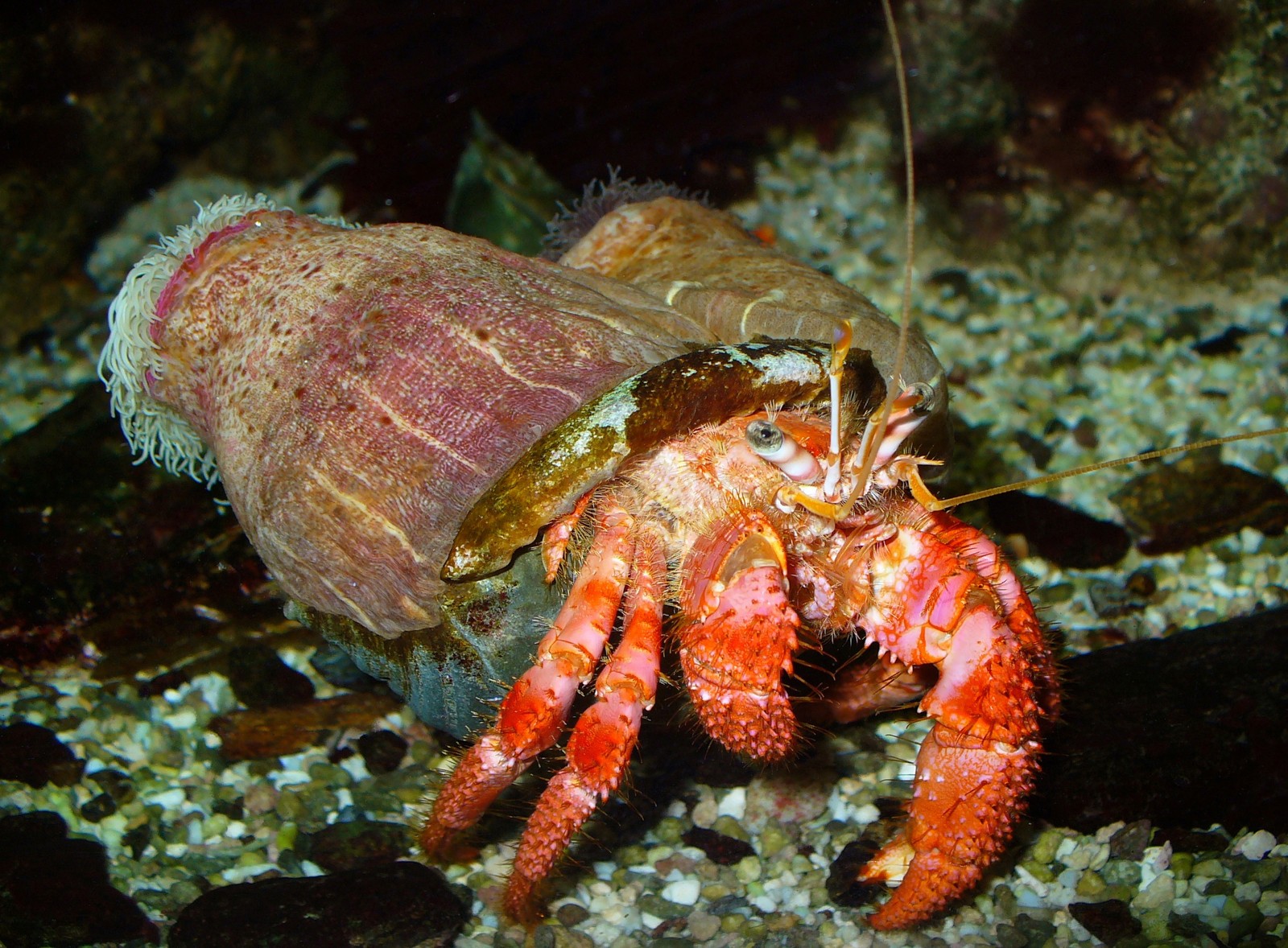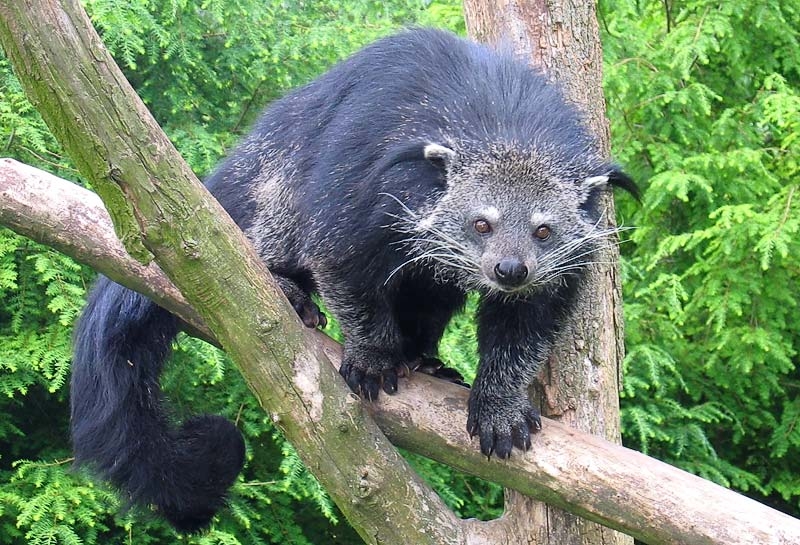Porpoise vs Dolphin: A Complete Comparison
While porpoises and dolphins may appear similar at first glance, these remarkable marine mammals possess distinct characteristics that set them apart. The most immediate difference between porpoise vs dolphin species lies in their facial features – porpoises have shorter, blunter snouts and spade-shaped teeth, while dolphins sport longer “beaks” and cone-shaped teeth. Porpoises are typically smaller, with the harbor porpoise averaging 5 feet (1.5 meters) in length, compared to the common bottlenose dolphin’s average of 10-14 feet (3-4.3 meters).
These differences extend far beyond mere appearances. As a marine biologist who has studied cetaceans across the world’s oceans, I’ve observed how these fascinating creatures differ in their social structures, hunting behaviors, and communication methods. Let’s dive deep into the key distinctions between porpoises and dolphins.
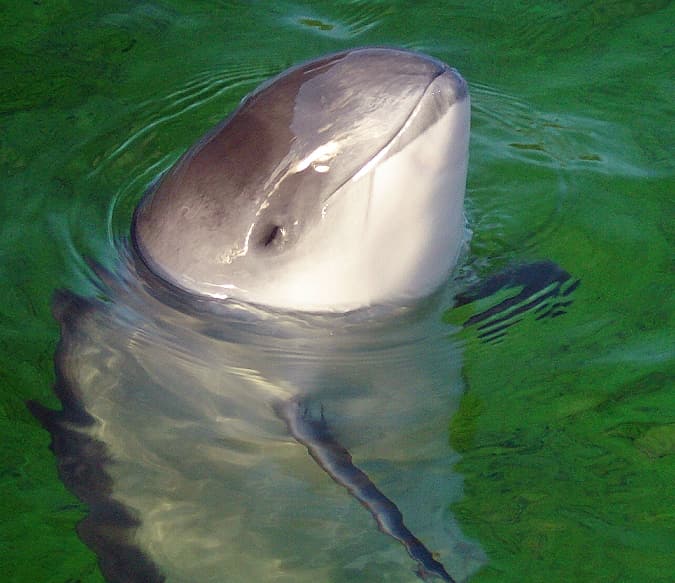
© AVampireTear / CC BY-SA 3.0
A harbor porpoise demonstrates the characteristic rounded snout and smaller size typical of porpoise species, setting them apart from their dolphin cousins.
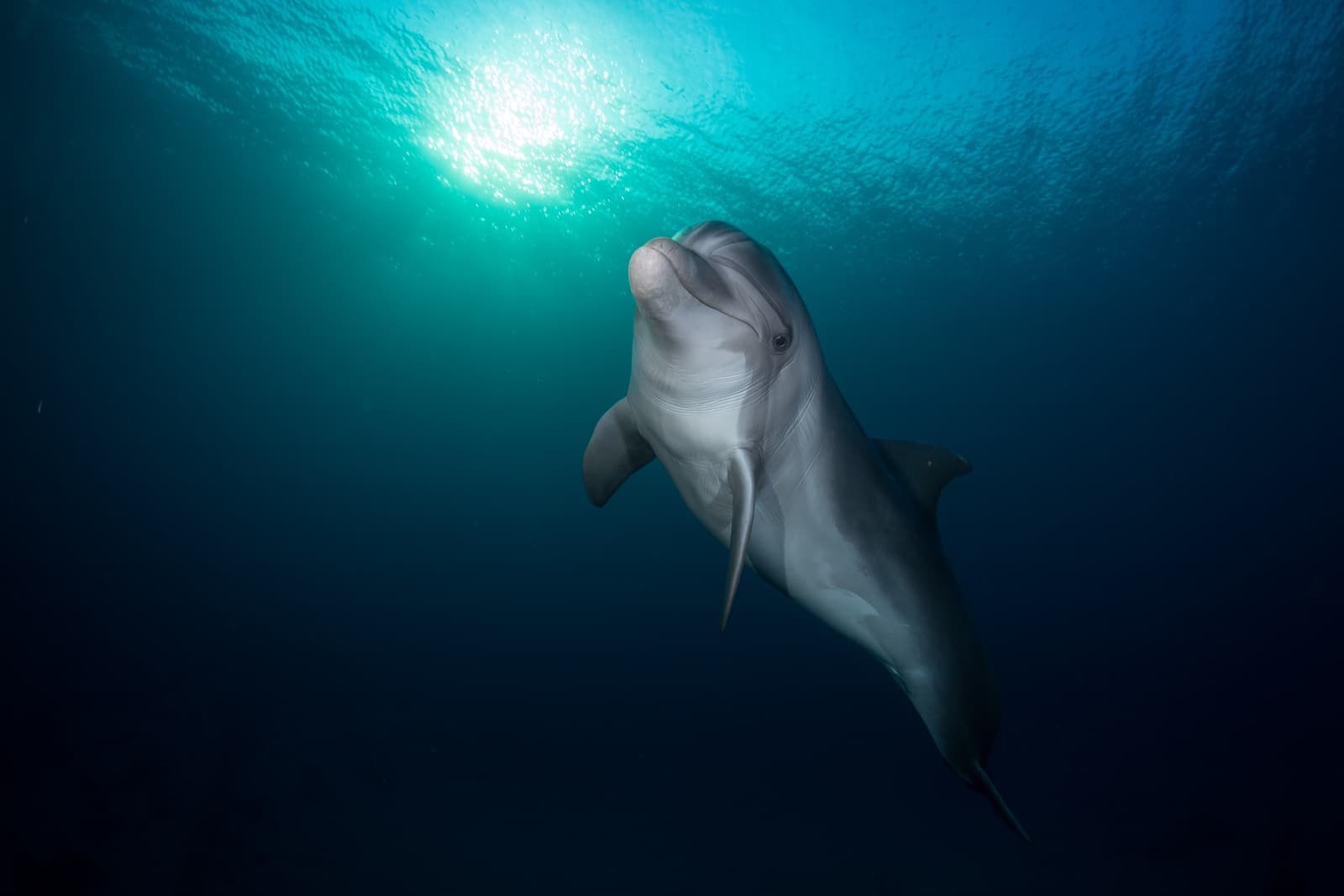
© טל שמע / CC BY-SA 4.0
A bottlenose dolphin showcases the distinctive elongated beak and larger body size that characterizes most dolphin species.
Key Differences Between Porpoises and Dolphins
| Feature | Porpoise | Dolphin |
|---|---|---|
| Snout Shape | Short and blunt | Long and beaked |
| Teeth Shape | Spade-shaped | Cone-shaped |
| Size Range | 4-8 feet (1.2-2.4 m) | 6-30 feet (1.8-9.1 m) |
| Dorsal Fin | Triangle-shaped | Curved and hooked |
| Social Behavior | Less social, smaller groups | Highly social, large pods |
| Lifespan | 15-20 years | 20-50 years |
Physical Differences Between Porpoises and Dolphins
The most noticeable distinction in the porpoise vs dolphin comparison lies in their physical features. Porpoises have shorter, stockier bodies with blunt, rounded faces. Their dorsal fins are typically triangular, unlike the curved, “hooked” fins of dolphins. Porpoises also have smaller mouths containing 22-28 spade-shaped teeth per row, while dolphins possess 20-26 cone-shaped teeth per row.
Behavioral Differences
While both species are intelligent, dolphins typically display more complex social behaviors. Dolphins live in larger pods of 10-100 individuals, whereas porpoises prefer smaller groups of 2-4. Dolphins are also more acrobatic, frequently breaching and bow-riding ships, while porpoises tend to be more reserved and shy around vessels.
Habitat and Distribution
Porpoises generally prefer coastal waters and are rarely found in tropical regions. Dolphins, however, have adapted to diverse marine environments, from deep oceans to river systems. Some dolphin species, like the Amazon River dolphin, have evolved to live exclusively in freshwater environments – something no porpoise species does.
Communication Methods
One of the most fascinating differences between porpoises and dolphins lies in their communication. Dolphins are notably more vocal, producing a wide range of clicks, whistles, and squeaks using their melon (the rounded forehead). Porpoises, by contrast, produce narrower-band, high-frequency clicks primarily for echolocation rather than social communication.
Who Would Win: Dolphin vs Porpoise?
In a theoretical encounter, a dolphin would likely dominate a porpoise due to several advantages:
- Larger size (often 2-3 times heavier)
- More aggressive nature
- Superior speed (dolphins can reach 25 mph/40 kph vs porpoises’ 15 mph/24 kph)
- Greater intelligence and problem-solving abilities
However, such confrontations rarely occur in nature as these species typically avoid each other and occupy different ecological niches.
Conservation Status and Threats
Both porpoises and dolphins face similar environmental challenges, including:
- Fishing net entanglement
- Ocean pollution
- Habitat loss
- Climate change impacts
The vaquita porpoise is currently the most endangered marine mammal, with fewer than 20 individuals remaining in the wild. Meanwhile, several dolphin species, including the Maui’s dolphin and the Ganges river dolphin, face serious threats to their survival.
Understanding the distinctions between porpoises and dolphins isn’t just academic – it’s crucial for conservation efforts and protecting these remarkable marine mammals for future generations. While they share common ancestry and many characteristics, their unique adaptations and behaviors make them fascinating subjects of study in their own right.
